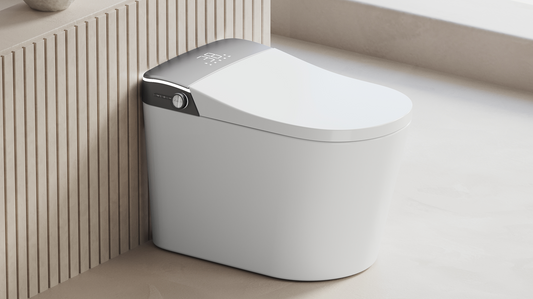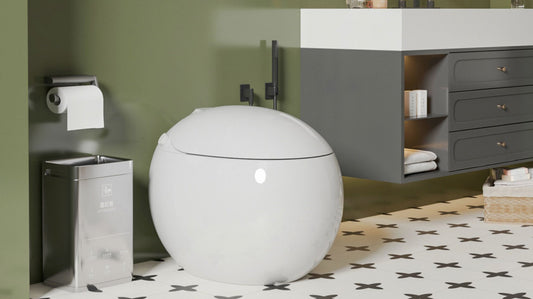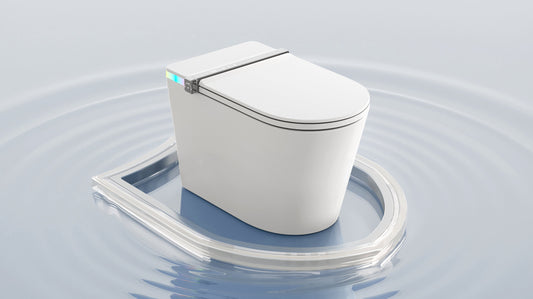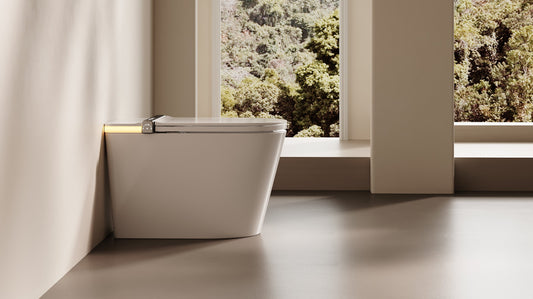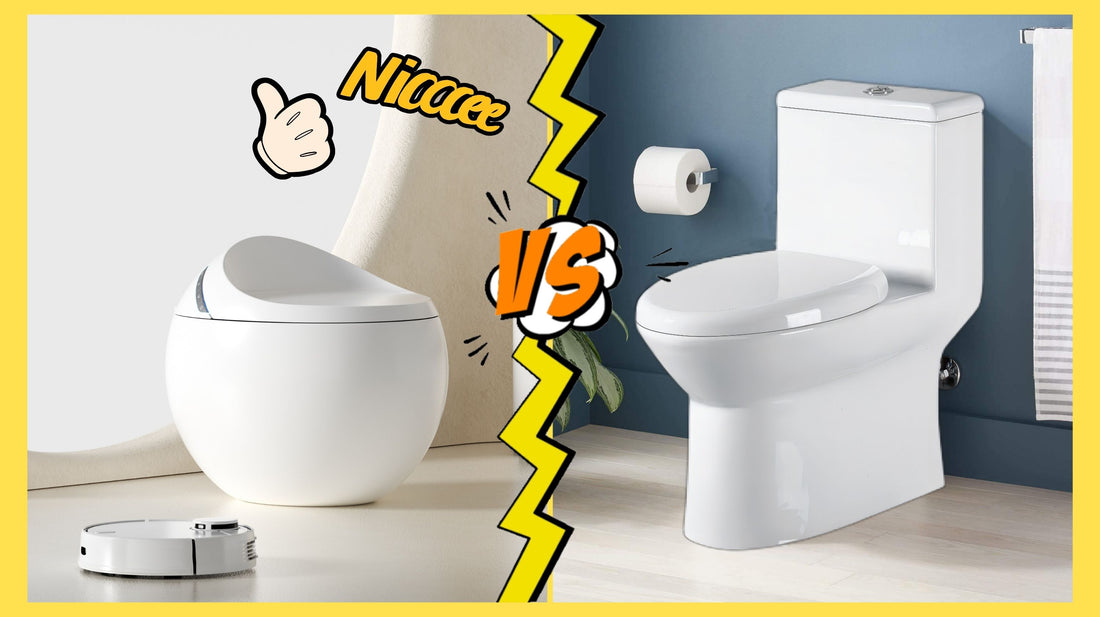
Smart Toilets vs. Traditional Toilets: Which Is Right for You?
When it comes to upgrading your bathroom, the decision between a smart toilet and a traditional toilet can be overwhelming. Smart toilets, with their advanced features like self-cleaning, heated seats, and customizable bidet functions, offer a luxurious, high-tech experience. On the other hand, traditional toilets have stood the test of time for their simplicity, affordability, and reliability. In this article, we’ll explore the key differences between smart toilets and traditional toilets, helping you decide which is the right fit for your home based on your budget, space, and personal preferences.
Understanding the Basics of Smart and Traditional Toilets
What Are Smart Toilets?
Smart toilets are advanced bathroom fixtures designed to enhance convenience, comfort, and hygiene. They often feature built-in bidet functions for thorough cleaning, automatic flushing, and heated seats to improve user experience. Many models also include self-cleaning mechanisms, odor control systems, and nightlights for added functionality.
In addition, smart toilets can be equipped with motion sensors and voice activation, allowing hands-free operation. High-end versions may even integrate with smart home systems, enabling users to customize settings such as water temperature, pressure, and seat warmth. These innovations aim to make daily routines more efficient and enjoyable, appealing to tech-savvy and health-conscious users.
Key Characteristics of Traditional Toilets
Traditional toilets are known for their simplicity, reliability, and straightforward functionality. They typically consist of a basic flushing mechanism, a ceramic bowl, and a water tank, making them easy to use and maintain. Unlike smart toilets, they require no electricity, making them a cost-effective and energy-independent option.
These toilets are widely available in various styles, sizes, and designs, offering versatility to fit different bathroom layouts. Their durability and long-standing performance have made them a staple in households worldwide. While traditional toilets lack advanced features, their affordability and minimal upkeep make them a practical choice for those who prioritize functionality over modern conveniences.
Major Differences Between Smart and Traditional Toilets
The primary difference between smart and traditional toilets lies in their functionality and user experience. Smart toilets offer a range of high-tech features, such as self-cleaning mechanisms, bidet functions, and adjustable water temperature, providing a more luxurious and customizable experience. In contrast, traditional toilets focus on basic functionality—flushing waste and storing water in a tank—without any advanced settings.
Another significant difference is in maintenance. While traditional toilets require occasional cleaning and simple repairs, smart toilets demand more attention due to their electronic components and specialized functions. Smart toilets also tend to be more expensive upfront, while traditional toilets are generally more affordable and cost-effective over time.

Choosing the Right Toilet for Your Needs
Factors to Consider When Deciding
When choosing between a smart or traditional toilet, several factors should be considered. Budget plays a major role, as smart toilets tend to be more expensive upfront and may require additional installation costs. Traditional toilets, however, offer a more affordable and straightforward option.
Bathroom space is another key consideration. Smart toilets often have a bulkier design due to their advanced features, which may not be suitable for smaller bathrooms. Additionally, if you're someone who values eco-friendliness, a smart toilet's water-saving technology could be appealing, whereas traditional toilets may use more water per flush. Ultimately, the decision comes down to balancing personal preferences, practical needs, and long-term savings.
Pros and Cons of Smart Toilets
Smart toilets offer numerous advantages, starting with enhanced hygiene features like bidet functions and self-cleaning capabilities, which reduce the need for toilet paper and provide a more thorough cleaning experience. They also improve comfort with heated seats, adjustable water pressure, and air dryers, making them ideal for those seeking luxury and convenience. Additionally, many models come with energy-efficient features, such as automatic flushing and water-saving settings.
However, smart toilets come with some downsides. The initial cost can be high, and repairs may be more complicated due to their electronic components. Furthermore, they require electricity, meaning a power outage can disrupt their operation. Despite these challenges, smart toilets are perfect for tech enthusiasts looking to elevate their bathroom experience.
Pros and Cons of Traditional Toilets
Traditional toilets are known for their affordability and ease of use. They are generally less expensive to purchase and install, making them a budget-friendly choice for most households. Their simple design ensures minimal maintenance, and they do not rely on electricity, which makes them a reliable option during power outages.
However, traditional toilets lack the advanced features that smart toilets offer, such as bidet functions, heated seats, or self-cleaning capabilities. While they are functional, they may not provide the same level of comfort or convenience. Additionally, older models can be less water-efficient, leading to higher water consumption. Despite this, traditional toilets remain a popular choice for their simplicity and low upkeep.

Choosing between a smart toilet and a traditional toilet ultimately depends on your needs, lifestyle, and budget. If you’re looking for modern features like automated cleaning, water-saving technology, and enhanced comfort, a smart toilet might be the perfect addition to your bathroom.
However, if affordability and straightforward functionality are your priorities, a traditional toilet can provide reliable performance without the extra cost. By carefully considering your options, you can make an informed decision that best suits your lifestyle and home.
